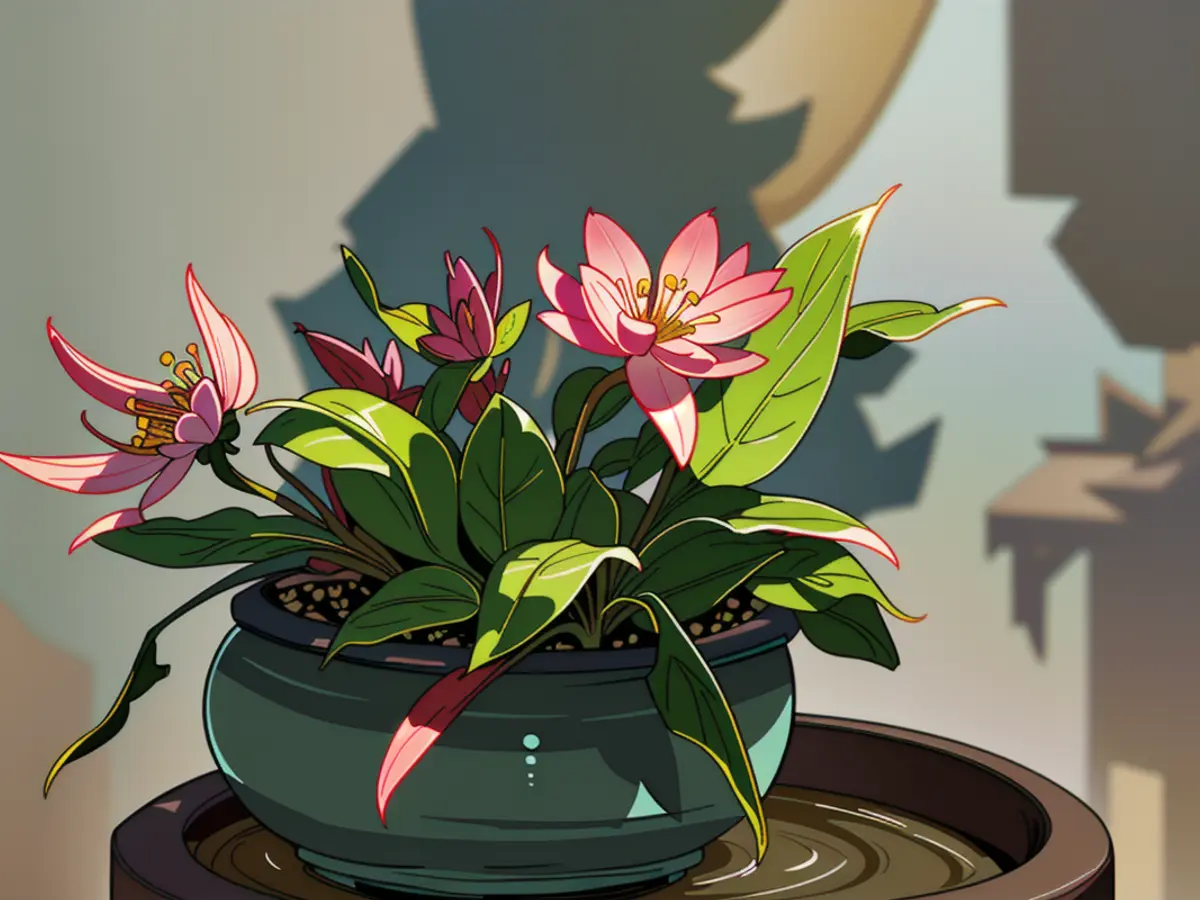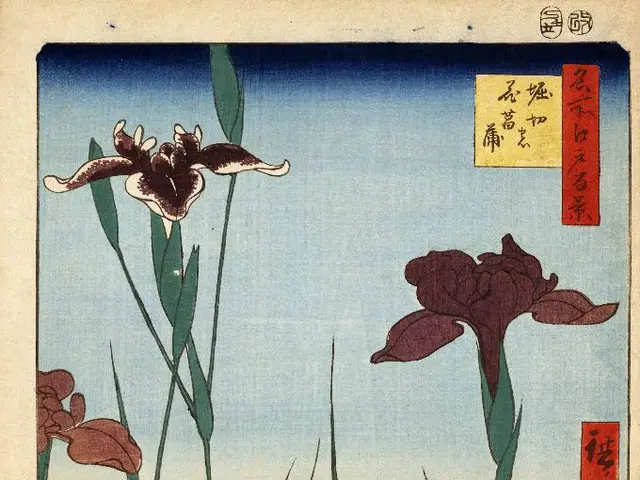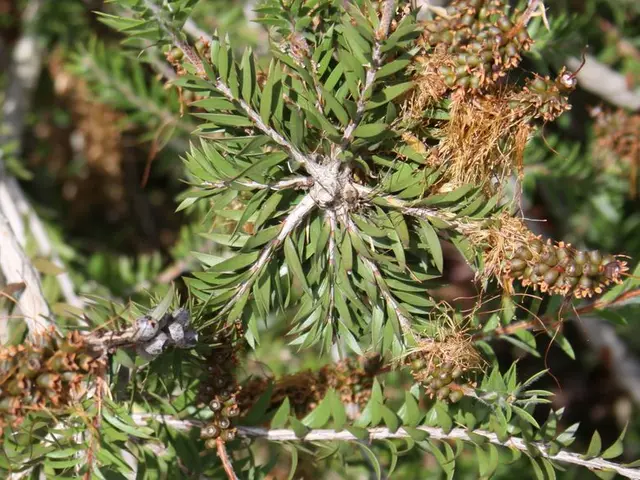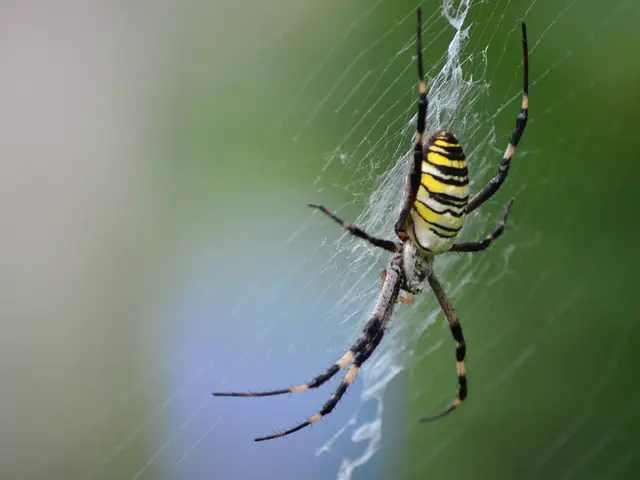Enhancing Flower Production in Christmas Cacti through Fertilization
Winter is the time when Christmas cactuses blossom, as the days grow chilly and shorter. Although minimal light induces blooming, properly and strategically fertilizing your Christmas cactus is pivotal for achieving an extraordinary display of blooms. In the following guide, you'll uncover the specifics regarding when and how to fertilize Christmas cactus plants, as well as the best fertilizer options for an abundance of stunning flowers.
Top-Notch Fertilizer for Christmas Cactus
Christmas cactuses share a close relationship with Thanksgiving and Easter cactuses. Unlike typical desert cacti, they lack spines and are actually subtropical plants native to the lush rainforests of South America. Given their distinct nature, they require unique care methods.
Unlike desert cacti that often benefit from cactus or succulent fertilizers, holiday cactuses bloom more spectacularly when fertilized with a balanced, liquid, organic houseplant fertilizer, or even an African violet fertilizer. Additionally, occasional applications of compost or worm castings on top of the potting soil can prove beneficial. Some gardeners suggest incorporating Epsom salt, diluted in water, throughout the growing season to address holiday cactuses' heightened magnesium requirement.
When to Fertilize Christmas Cactus
Although it might be tempting to fertilize Christmas cacti once flower buds show up on their stems during winter, it's not advisable. Fertilizing at this stage may deprive your plants of the necessary energy for optimal blooming. Furthermore, houseplants demonstrate reduced capacity to absorb fertilizer during winter, and over-fertilization towards the end of the season may lead to potential issues like root burn.
Instead, it's ideal to initiate fertilizing in early spring, upon noticing the onset of stem growth. Continue this practice through late spring and summer, but cease fertilizing around early fall and wait until the following spring to fertilize again. This fertilization schedule is applicable to all holiday cactus plants, including Easter and Thanksgiving cacti.
Keep in mind that fertilizer usage and techniques may vary depending on the specific product at hand, so it's essential to diligently read the fertilizer label before applying any product to your plants.
How to Fertilize Christmas Cactus
Christmas cactuses generally thrive on liquid organic fertilizers, but granular fertilizer intended for flowering houseplants or fertilizer stakes can also work. If you opt for liquid fertilizer, dilute it to half strength and apply the diluted solution around once every two to four weeks, incorporating it into your normal watering schedule.
After watering, make sure to drain any excess fertilizer that accumulates in the plant saucer. This helps prevent your plant's roots from sitting in soggy soil. Additionally, flush the soil using rainwater or distilled water every few months to avert the buildup of fertilizer salts.
If desired, consider applying a light sprinkling of worm castings or compost around your plants during spring and mid-summer, as well as regular monthly feedings of Epsom salt diluted in water. Use approximately 1 teaspoon of Epsom salt for each 1-gallon water container, and avoid applying the Epsom salt mixture during the same week that you use liquid fertilizer.
Frequently Asked Questions
- What additional measures can facilitate Christmas cactus blooming more? Ensure your Christmas cactus receives ample indirect light year-round, and prevent the soil from drying out excessively once flower buds appear. Ideal daytime temperatures should range between 60-69°F, while nighttime temperatures should be in the 50s. Additionally, these plants tend to bloom better when they're slightly rootbound, meaning you should repot them every few years.
- What factors may prompt a Christmas cactus to start blooming? The bud formation of Christmas cacti is initiated by the shortening of the days in autumn. The optimal method to stimulate flowering is by reducing your plant's exposure to light during fall, ensuring it resides in a spot with at least 12-14 hours of uninterrupted darkness, or by covering your plant with a light-proof box during the evening hours.
Houseplants, such as Christmas cactuses, require special care for optimal growth and blooming. Unlike desert cacti, holiday cactuses like Christmas cactus, Thanksgiving cactus, and Easter cactus, are subtropical plants that prefer a balanced, liquid, organic houseplant fertilizer or an African violet fertilizer for blooming. According to Better Homes and Gardens (BHG), the best time to start fertilizing Christmas cactus is in early spring, when stem growth is visible, and continue till late summer, followed by a hiatus until early spring again.








